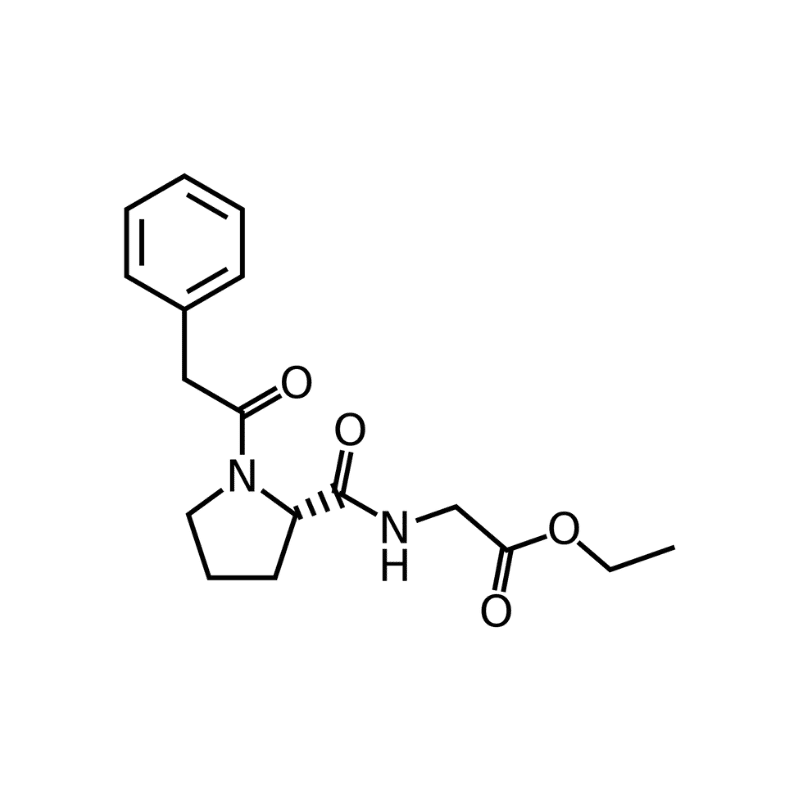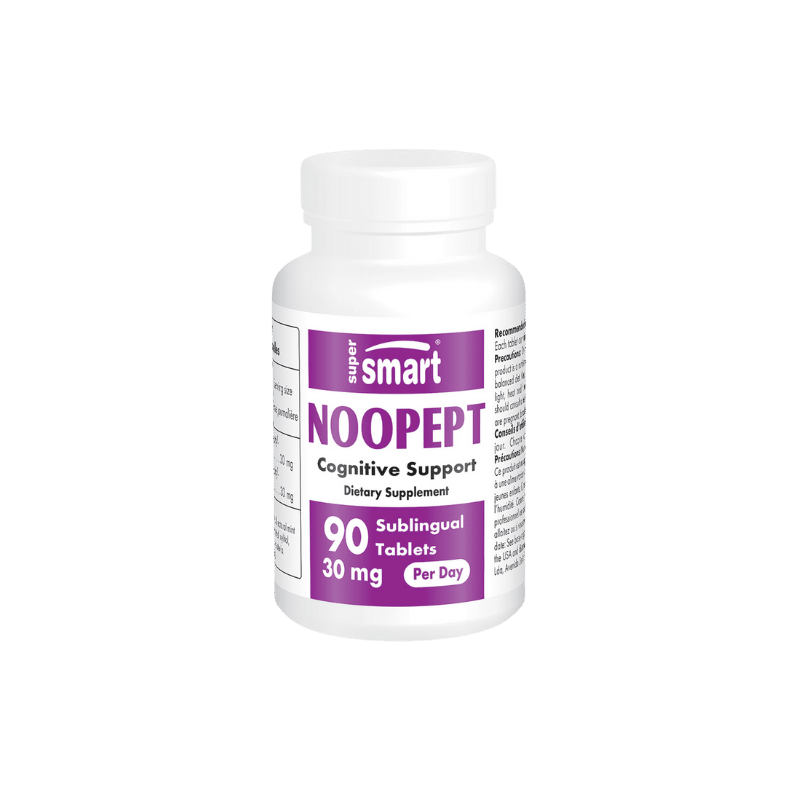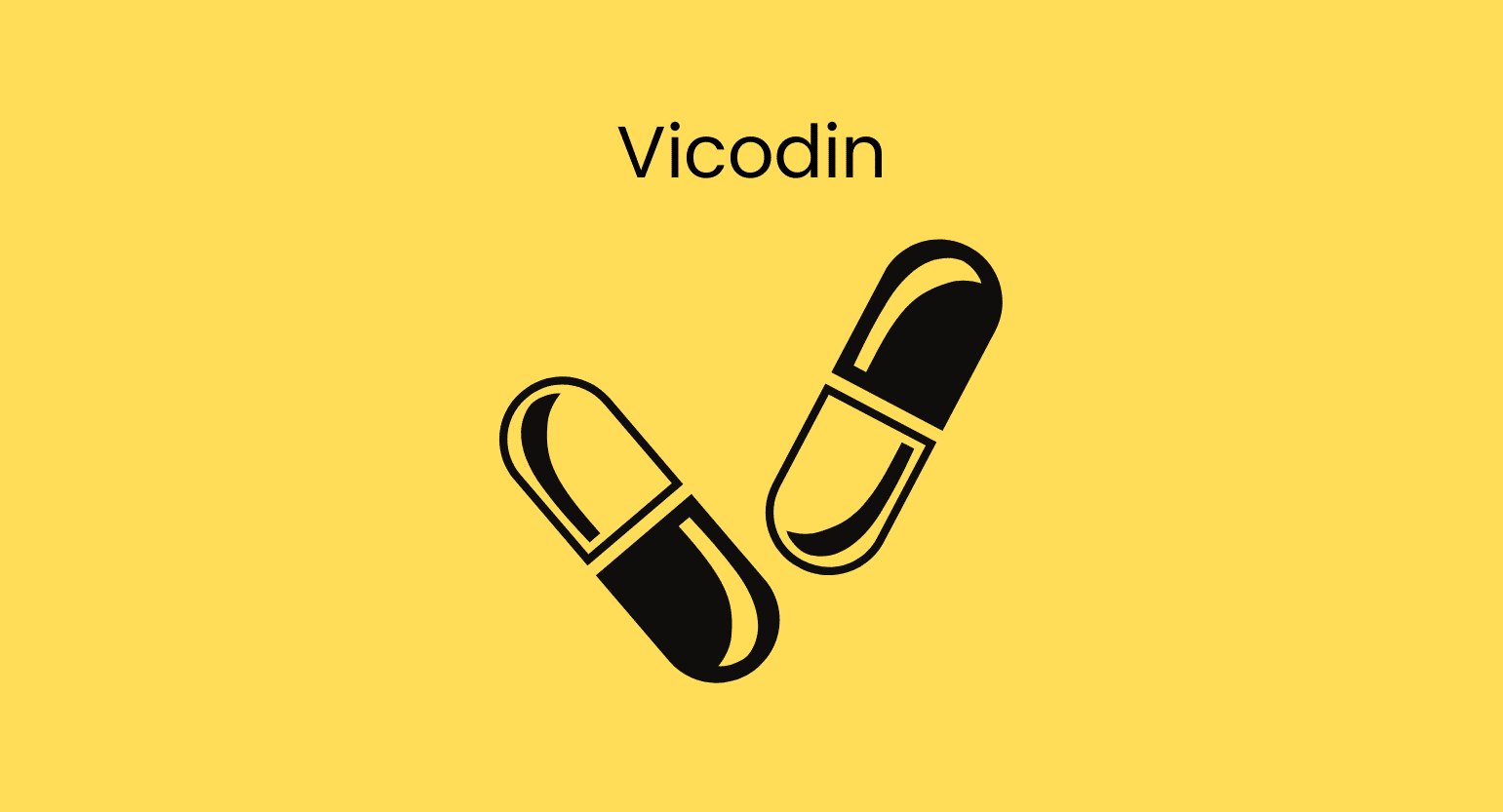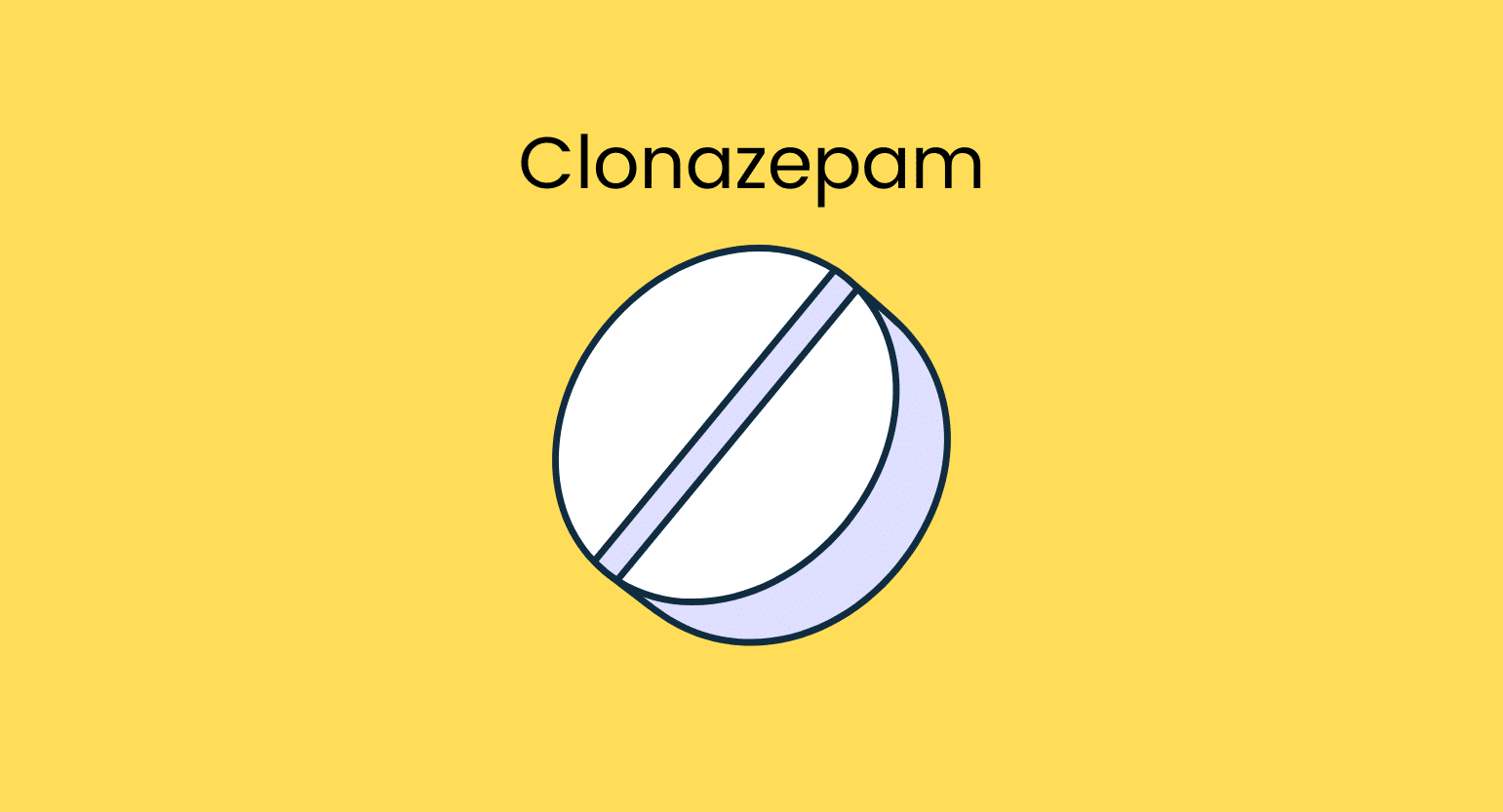Does Kratom Interact With Omberacetam (Noopept)?
Kratom and omberacetam do not seem to interact with each other.
Typically, two pharmacological compounds with similar effects can increase the incidence of negative interactions —an agonistic interaction. If their effects cancel each other, it’s called an antagonistic interaction.
Although the metabolic process of omberacetam is not well understood, some studies point out it could cross the blood-brain barrier and break down in the brain [1].
Is it Safe to Take Kratom With Omberacetam (Noopept)?
When taken together, kratom and Noopept have little to no interaction. Hence, taking kratom and omberacetam together does not seem to increase the risk of experiencing side effects.
However, there is a caveat. Noopept is generally well tolerated and has few adverse effects or significant risk factors. However, there’s still much research needed on it, especially for human subjects.
Although there’s minimal risk of these two compounds causing a negative interaction, they still carry individual risks to assess.

What is Omberacetam (Noopept)?
First synthesized in 1996, omberacetam is reportedly a nootropic. Nootropics are supplemental drugs that use various mechanisms of action to enhance cognition and mood [2].
Omberacetam is a prodrug of cyclo-prolyl-L-glycine (CPG). Prodrugs are compounds that only become pharmacologically active after they’ve been metabolized.
One of the significant issues with nootropics is their wildly inaccurate marketing claims. They often claim to enhance cognition significantly, but these claims are hardly ever tested by regulating bodies or independent third parties. In the case of omberacetam, there is still much we don’t know and have not verified.
Omberacetam Specs

| Drug Name | Omberacetam |
| Trade Name | Noopept |
| Classification | Nootropic |
| CYP Metabolism | No |
| Interaction With Kratom | None |
| Risk of Interaction | Low |
What is Omberacetam (Noopept) Used for?
As a nootropic, omberacetam is touted as having cognitive enhancement properties, much like coffee or kratom. A Russian study has found that omberacetam has neuroprotective effects for instances such as brain injuries or strokes [2]. However, other studies point to omberacetam’s short half-life and that higher doses may cause several adverse effects.
This study suggests that omberacetam’s mechanism of action works via the “antioxidant effect, the anti-inflammatory action, and the ability to inhibit the neurotoxicity of excess calcium and glutamate, and to improve the blood rheology.”
Almost all significant studies on omberacetam have been on animals, and peer-reviewed human trials have yet to be carried out.
Generic & Brand Name Versions
Omberacetam is available under the following brand names:
- Noopept

What’s the Dose of Omberacetam (Noopept)?
Online retailers and health sites claim that the optimal dose of omberacetam is 10-30 mg daily. However, no substantive medical papers can support this claim in practice.
Technically, since studies on the long-term effects of omberacetam are lacking, there is no actual dosage at which it can be safely recommended.
What Are the Side Effects of Omberacetam (Noopept)?
Again, very few scientific papers have looked at the adverse side effects of omberacetam and other nootropics in humans. Cohen et al., reported that nootropic use had been associated with increased and decreased blood pressure, insomnia, agitation, dependence, sedation, and hospitalization [3].
Omberacetam is a non-toxic nootropic and is generally considered safe and well-tolerated as long as you stay within the recommended dosage.
However, some side effects can occur:
- Fatigue
- Headaches
- Insomnia
- Upset stomach
The Alzheimer’s Drug Discovery Foundation research suggests that the bigger the dosage, the more likely you’ll experience side effects.

What is Kratom?
Kratom (Mitragyna speciosa) is a tropical tree from Southeast Asia and is a close relative to the coffee plant. The leaves contain a pharmacopeia of therapeutic alkaloids, such as mitragynine and 7-hydroxymitragynine. These alkaloids account for the plant’s therapeutic effects.
Currently, kratom is an unregulated substance in many parts of the world. However, the kratom community is going strong and growing every day. Kratom’s benefits have already changed the lives of thousands of people in the United States.
What is Kratom Used for?
Many indigenous people in Vietnam, Thailand, and Indonesia have used kratom to combat fatigue and chronic pain.
Kratom’s vast array of effects can treat numerous ailments. It provides analgesia and sedative-like effects, making it suitable for pain and better sleep. It can also be a nootropic, promoting mind-based effects like more energy, focus, and enhanced mood.
Kratom also has anxiolytic qualities; some users have abandoned their antidepressant prescriptions after following a kratom regime.
Scientific evidence is limited, but we put a lot of trust in the myriad of life-changing stories from the kratom community.

What’s the Dose of Kratom?
There are many ways to take kratom: capsules, tinctures, raw powder, or tea.
Regardless of how you take kratom, it’s essential to get your kratom dosage right.
The effects of the kratom plant are highly dependent on dosage. If you want to make the best out of your kratom experience, then choose the correct dosage for the job.
Remember that everyone’s bodies are different, and formulaic dosage recommendations are generally best avoided.
Having that said, here are the generally recommended kratom dosage ranges:
- Low dose: 1 – 3 g
- Medium dose: 3 – 6 g
- High dose: 6 – 12 g
Remember: low doses are best for the stimulant effects, while medium to high is preferable for analgesic and anxiolytic benefits.
What Are the Side Effects of Kratom?
Kratom’s side effects may include the following:
- Anxiety
- Brain fog
- Constipation
- Dizziness
- Headaches
- Lethargy
- Nausea and vomiting
- Tachycardia
More serious side effects include:
- Blood pressure changes
- Low libido
- Poor appetite
- Seizures
- Tremors
- Liver damage
We need more studies to understand kratom’s adverse effects better. Do not take kratom when pregnant or breastfeeding.
Kratom can be addictive, though the withdrawal is milder than with opioids. To avoid it, take breaks and use the smallest amount possible.

What Are the Different Types of Kratom?
The kratom plant exists in 4 different strain variations.
These strains are a great way to enhance your kratom experience; their differing alkaloid content means each one has a slightly distinct psychoactive profile.
The overall effects will still be the same for each, but every strain emphasizes a different area of the kratom spectrum.
Learn the specialties of every strain, and you’ll always be in control.

White Vein Kratom
White-veined kratom strains are most associated with the effects of a low dose of kratom: the stimulant, mind-based benefits like better concentration and euphoria.
If you’re interested in kratom as a morning pick-me-up, this is the best strain for the job.

Red Vein Kratom
Red vein kratom is on the opposite side of the spectrum than white — it specializes in the analgesic and sedative-like qualities of kratom.
These attributes make red-veined kratom strains quite popular with chronic pain patients who want to avoid addictive pharmacological pain killers, as well as over-the-counter ones, like ibuprofen and acetaminophen — which are unsafe to use long-term.
Red vein kratom is also great at promoting calm and controlling anxiety.

Green Vein Kratom
Green-veined kratom strains are usually the ‘midpoint’ between white and red.
They have a more general and all-around profile, making them ideal for those who want to experience the whole suite of kratom’s benefits without becoming overwhelmed by any aspect.

Yellow Vein Kratom
Nothing is exhilarating about yellow vein kratom. Users report it’s almost identical to a green-veined strain, except that the effects are much milder.
First-timers and those with a sensitivity to kratom gravitate toward this strain.
Key Takeaways: Is it Safe to Mix Kratom & Omberacetam (Noopept)?
Research on omberacetam is lacking, but many people are taking it. If we evaluate the available anecdotal evidence of omberacetam users, the general impression is safety and low potential for abuse.
Kratom is also well-tolerated and leads to minimal severe health incidents if used properly.
From what we know, these compounds have almost no interaction potential. If users refrain from consuming large doses, they will likely avoid significant side effects from each drug.
All in all, it’s best to consult your doctor before mixing any medications with kratom, especially omberacetam, which has very little research.
- Boiko, S. S., Ostrovskaya, R. U., Zherdev, V. P., Korotkov, S. A., Gudasheva, T. A., Voronina, T. A., & Seredenin, S. B. (2000). Pharmacokinetics of new nootropic acylprolyldipeptide and its penetration across the blood-brain barrier after oral administration. Bulletin of Experimental Biology and Medicine, 129(4), 359-361.
- Ostrovskaia, R. U., Gudasheva, T. A., Voronina, T. A., & Seredenin, S. B. (2002). The original novel nootropic and neuroprotective agent noopept. Eksperimental’naia i Klinicheskaia Farmakologiia, 65(5), 66-72.
- Cohen, P. A., Avula, B., Wang, Y. H., Zakharevich, I., & Khan, I. (2021). Five unapproved drugs found in cognitive enhancement supplements. Neurology: Clinical Practice, 11(3), e303-e307.









